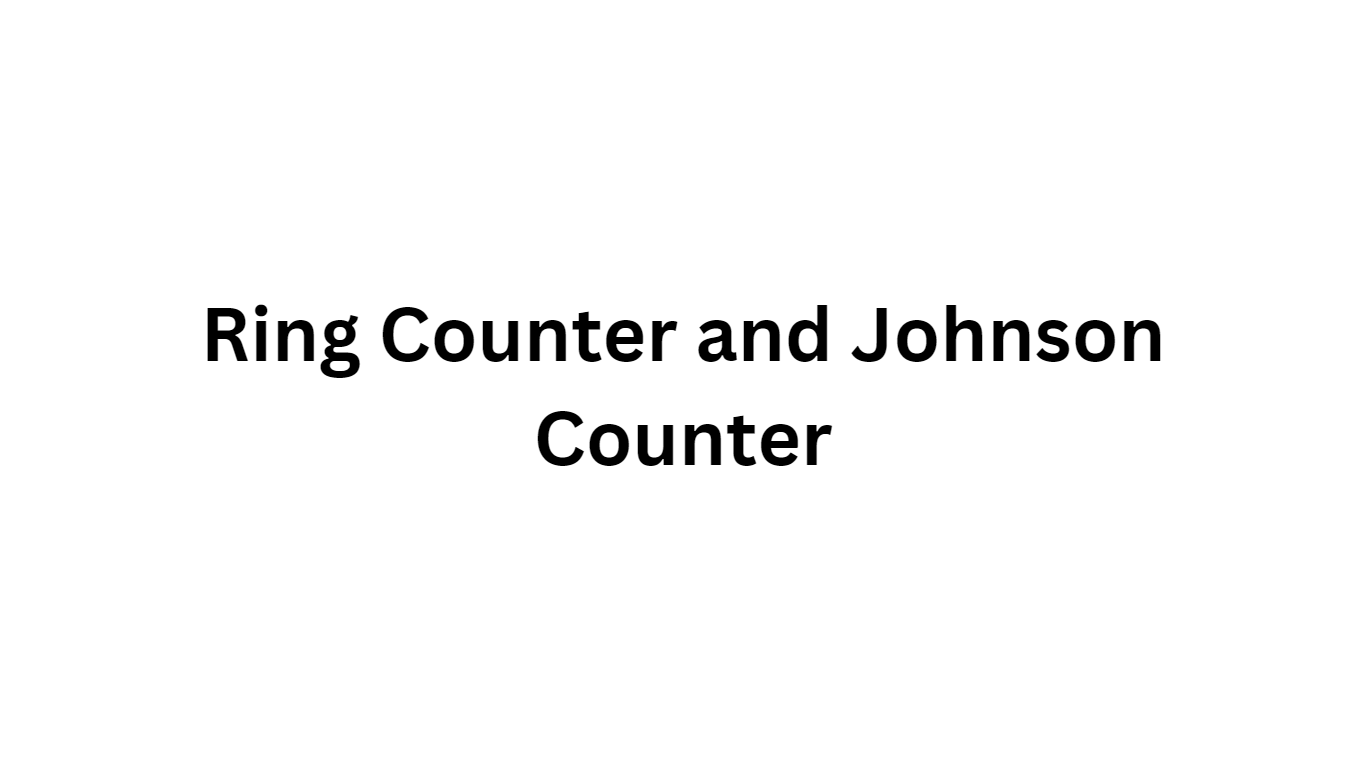Here is the comparison between a ring counter and a Johnson counter:
Ring Counter:
The output of the last flip-flop is connected back as the input to the starting flip-flop.
The number of states in the ring counter is equal to the number of flip-flops used.
The input frequency of the ring counter is ‘n’.
The output frequency of the ring counter is ‘f/n’, where ‘f’ represents the input frequency.
The total number of unused states in the ring counter is calculated as (2n – n), resulting in (n) unused states.
Johnson Counter:
The output of the last flip-flop is complemented and given as the input to the starting flip-flop.
The number of states in the Johnson counter is double the number of flip-flops used, resulting in ‘2n’ states.
The input frequency of the Johnson counter is ‘f’.
The output frequency of the Johnson counter is ‘f/2n’.
The total number of unused states in the Johnson counter is (2n – 2n), which means there are no unused states.

In summary, the key differences between the ring counter and the Johnson counter lie in the feedback connections, the number of states, input/output frequencies, and the presence of unused states.
Related topics